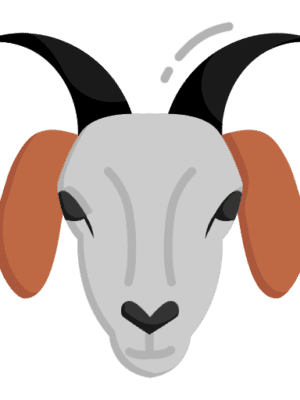In a seven-day challenge, I decided to make $1,000 with affiliate marketing from scratch, documenting the entire process for those curious to see how it’s done. Whether you’re new to affiliate marketing or want to explore new strategies, stick around to learn the exact steps I followed to turn zero into a thousand dollars in just one week!
Day 1: Understanding Affiliate Marketing
Affiliate marketing is a performance-based business model. You promote a brand’s products or services using a unique affiliate link. Every time someone clicks on the link and makes a purchase or signs up, you earn a commission. The beauty of affiliate marketing lies in the fact that you don’t have to create or manage the products—you just advertise them.
For example, last week, I earned over $4,000 from affiliate marketing. But this time, I’m trying something new: a strategy that focuses on Pinterest marketing. This strategy doesn’t require any upfront investment or prior experience, so it’s accessible to everyone who’s looking to start making money online.
Step 1: Picking Your Niche
The first step in the process is to choose a niche or topic to focus on. You can choose anything that interests you, but for this challenge, I suggest starting with high-demand niches like money and motivation. Pinterest, especially, favors topics related to finance, self-improvement, and productivity. By focusing on a trending niche, you can attract more clicks to your affiliate links.
Step 2: Finding Affiliate Programs
Once you’ve picked your niche, it’s time to find affiliate programs that match. There are various websites where you can find great affiliate offers. Some of my personal favorites include:
- Amazon Associates
- ClickBank
- PartnerStack
- Impact.com
Each platform offers different types of products and services you can promote. For example, I recommend promoting Honey (for coupons), Rakuten (for cashback deals), and Fiverr (for services) in the “money and motivation” niche.
Step 3: Creating a Pinterest Business Account
Pinterest is a powerful platform for affiliate marketing, especially since it allows users to add affiliate links directly to their posts. Start by creating a Pinterest Business account. This type of account gives you access to analytics and other features that can help you optimize your strategy.
Once your account is set up, you’ll need to post content that appeals to your target audience. This can include images, infographics, and videos related to your affiliate links. The goal is to create visually engaging content that motivates people to click on your links.
Step 4: Growing Your Pinterest Account
Growing a Pinterest account takes time, but there are proven strategies to speed up the process. One of the best ways to grow is by consistently posting high-quality pins and engaging with other users’ content. As you build your presence, your pins will begin to rank higher in searches, resulting in more clicks on your affiliate links.
I’ve personally grown my account to over 97,000 followers using a few key strategies:
- Consistent posting of high-quality content
- Using relevant keywords and hashtags
- Engaging with others in your niche
Step 5: Tracking and Optimizing Performance
After you’ve shared your affiliate links, it’s important to track your performance. Platforms like ClickBank and Impact.com allow you to track your clicks, conversions, and commissions. By monitoring your results, you can adjust your strategy and improve your performance over time.
Conclusion: Can You Make $1,000 in a Week?
Yes, it’s possible! With dedication, strategic planning, and leveraging the power of Pinterest, affiliate marketing can help you earn money quickly. I followed this strategy and was able to make over $1,000 within a week, and you can too.
By focusing on a trending niche, using affiliate networks to find the right offers, and leveraging Pinterest to drive traffic, affiliate marketing can be a lucrative opportunity for anyone willing to put in the work.
Stay tuned for more updates as I continue this journey of turning $0 into $1,000 in affiliate marketing!


